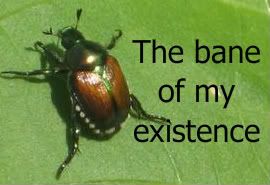For the 2023 gardening season depending upon how it goes in 2022
One summer, my
husband and I tried growing a cabbage from its stem. Once it grew a
good set of roots, I planted it outside in our container garden.
Where we learn just how much cabbage worms love cabbage. We vowed never to plant cabbage again.
So what did I do? I decided to grow broccoli, kohlrabi, and bok choy thinking the seeds would be a better gardening investment because those fresh vegetables can be on the more expensive side in the grocery store.It was only after I got home that I learned I bought a bunch of seeds in the brassicas (cabbage) family.
We were right back where we started. Because not only do cabbage worms like to eat and destroy cabbage plants, they also like chowing down on broccoli, kohlrabi, and baby bok choy.
Fortunately there is an easy one and done way to prevent cabbage worms from wreaking havoc on your vegetables: use floating row covers.



